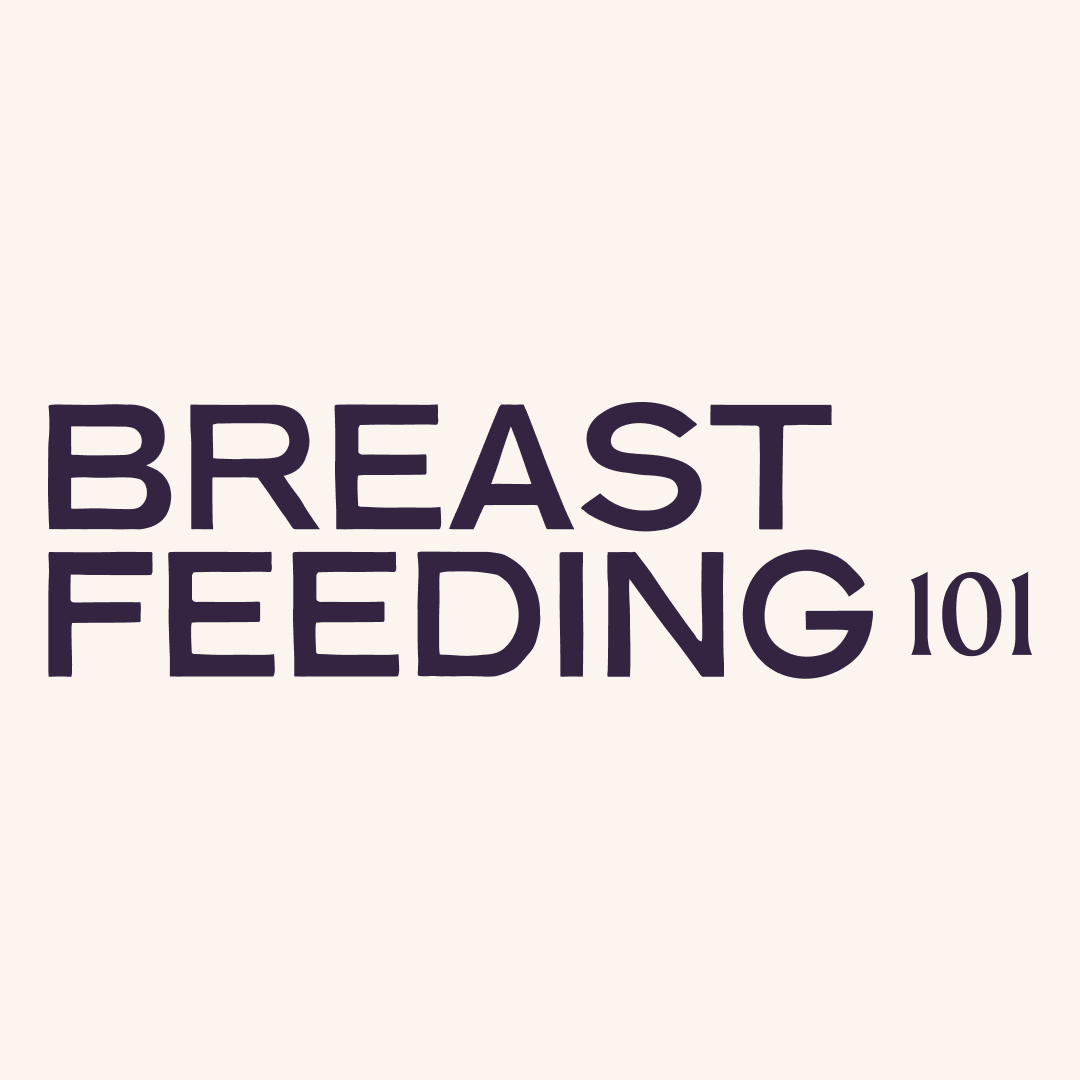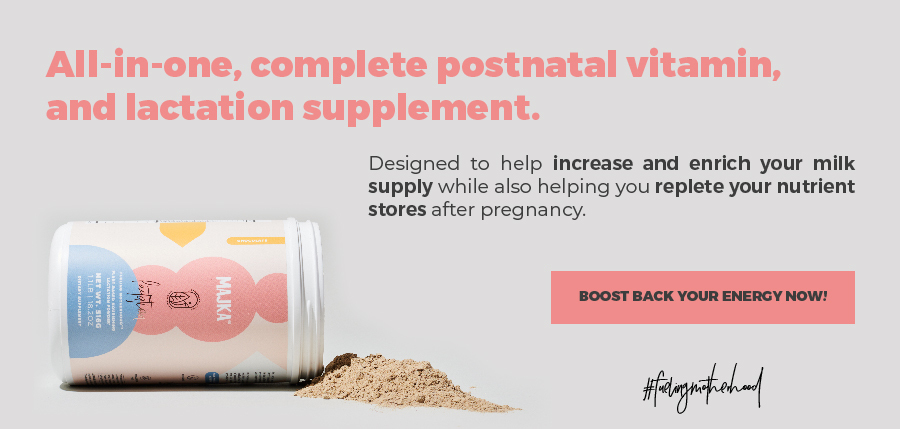
The importance of Breastfeeding
Breast milk is a great nourishment for your baby, it provides all the proteins, sugars, fats, vitamins and immunological components that your child needs for a healthy development. The World Health Organization (WHO) has even recommended exclusively breastfeeding for 6 months and then to continue it but with an introduction of complementary foods, for at least the first 2 years of life.
Breastfeeding it’s not only a great way to benefit your baby but it’s also good for you too! as it prevents possible hemorrhages and anemia in the mom, helps her lose weight and reduces her risk of breast and ovarian cancer.
In Breastfeeding 101 we understand the great benefits that breastfeeding has, but we also know that it is not always the best option for everybody. Despite all its benefits, research has shown that there are some barriers to the initiation of breastfeeding and in this article we will share with you the one that has to do with C-sections.
What is C-section?
Cesarean delivery (C-section) is what happens when your baby is delivered through surgical incisions made in your abdomen and uterus.
Some moms request to have a C-section when they are pregnant because they want to avoid labor or the possible complications of vaginal birth, C-sections also bring the possibility to plan the time of delivery.
* It’s important to mention that the American College of Obstetricians and Gynecologists doesn’t recommend this for moms that plan to have several children because the more C-sections a woman has, the greater the risk of problems with future pregnancies.
On another view, a C-section might be necessary if there are certain pregnancy complications such as:
- Labor not progressing normally (your doctor determines this)
- Concerns about changes in your baby’s heartbeat might make a C-section the safest option
- Your baby is in an unusual position or if you are carrying more than one baby
- There’s a problem with the placenta: If the placenta covers the opening of the cervix (placenta previa)
- Prolapsed umbilical cord: a loop of umbilical cord slips through the cervix in front of your baby
- There’s a health concern such as a heart or brain condition
- There’s a blockage at the birth canal
- You’ve had a previous C-section or other surgery on the uterus (not in every case, a doctor will make this decision)
C-section isn’t always a planned choice, even if you prefer to have a vaginal birth the decision could depend on other factors and a health care provider will decide what’s best for you. But don’t worry, having a C-section is very common, approximately 1.3 million women in the United States undergo a cesarean section every year.
Does a C-section have any impact on Breastfeeding?
Studies that have been made about this matter show that C-section can delay the start of breastfeeding and shorten the duration of exclusive breastfeeding. A main reason for this matter is due to the difficulties of early lactation such as:
- The adverse effect of anesthesia after surgery
- The fatigue of having a long labor or a postpartum wound pain
- Practical difficulties such as trying to breastfeed with a drip in your arm or not being able to move around easily or pick up your baby because you are still healing from your C-section
Things that you can do
To establish lactation and to keep breastfeeding for a long period of time early interventions are a great way to go.
If for any reason you and your baby get separated after your C-section, it’s recommended that you pump your breast milk as soon as you can so your milk supply gets started and ensures a robust supply for your baby. One of the most important things is to maintain breastfeeding or pumping so your milk keeps flowing.
Here we share with you some recommendations that you can do to promote early breastfeeding initiation after your C-section:
- Prenatal preparation: get all the information you need to get comfortable with this process from your health care provider so you can feel confident and ready to breastfeed your baby after your C-section
- Adequate bonding time: contact is the most effective and powerful stimulus to milk production
A great way to bond and to keep your milk supply up is to practice skin-to-skin contact with your baby which leads to early initiation of breastfeeding and provides fulfillment of basic biological needs and affects the future programming of your baby´s physiology and behavior.
It’s important to mention that babies born by C-section do not acquire maternal vaginal microbes, and skin-to-skin contact immediately after birth permits the microbial colonization of your baby with skin microbiota.
In addition, skin-to-skin contact reduces maternal stress, anxiety and pain after the C-section delivery!
- Dealing with practical difficulties after your C-section: the main thing is that you use positions that keep your baby’s weight off your healing incision, so you don’t get any pain while lactating and you and your baby can enjoy this journey together. Some comfortable positions for this matter are:
- Lying down on the side position: keeps pressure away from the scar and it’s restful for you and your baby, although you may need help to roll over and breastfeed from the other side
- Lying back breastfeeding position: you are not sitting upright as you are lying backwards and your body is supporting your baby’s weight (you can put your baby diagonally so you don’t get pressure applied on your wound)
- Rugby ball or under the arm position: you use pillows to support your back and your baby is under your arm (this position keeps your baby away from your wound)
*This video will show you some tips and positions that you can do to make lactation easier after your C-section.
- Getting emotional help: support groups help with guidance while breastfeeding. It is also of great importance to include your partner and other people around you in this process during the decision-making and for you to get emotional and practical support
Keep in mind that you are not only breastfeeding but also recovering from a surgery and taking care of a newborn, so it’s ok to ask for a lot of help from the people around you so this process it’s easier and more enjoyable to you and to your baby. If you keep finding difficulties, you can always contact a breastfeeding consultant so you can get professional help and feel as comfortable as possible in this journey.
In Breastfeeding 101 we hope that this information has helped you to learn more about the things that you can do to breastfeed after a C-section. We strongly recommend that you ask your healthcare provider for any guide regarding your case.
We invite you to follow all of our content to be informed on more topics involving breastfeeding.
If you would like to get more information on the topic of C-section and Breastfeeding, here are some other sources that you can learn from:
Breastfeeding after a cesarean section: A literature review I National Library of Medicine
Breastfeeding After Cesarean – Tips and Positions I YOUTUBE
Cesarian Birth I The American College of Obstreticians and Gynecologist
Cesarean Section and Breastfeeding Outcomes I CHAPTER METRICS OVERVIEW
Cesarean Section I National Library of Medicine
Breastfeeding 101



